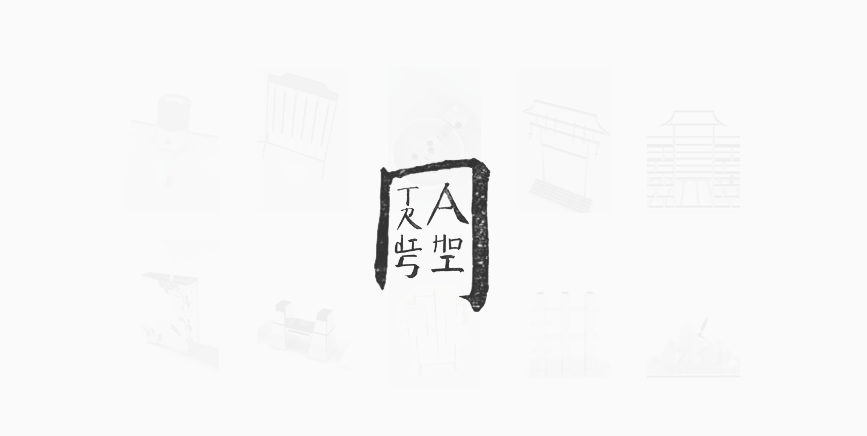Tradishion
Product Design That Marries Chinese Cultural Elements With Modern Aesthetics
Tradishion, as the name implies, is my attempt to combine traditional Chinese elements with modern product design.
I believe Chinese elements refer to not only visible patterns, shapes and forms, but also stories, myths, proverbs,
and subconscious behaviors that we share as a cultural group.
Independent Work at ZJU | 2010 Skills: Product Design, 3D Modeling & Rendering Tools: Rhino, Vray
Patterns & Shapes
Pattern is the entry-level cultural element, but it’s as powerful as it is direct.
The makeup box below draws its pattern from the lattice window which can be found in Chinese classical gardens,
and the eye-shadow box is inspired by the Kunqu Opera looks both in shape and color.
While preserving the essence, I applied due abstraction and reformation.
Form & Function
Without doing anything redundant, the Song Tap injects functionality into the borrowed form,
a long-winged hat worn by the Song Dynasty officials.
Its left and right shafts can be used to control hot and cold water, while the jewel in the middle is temperature display.
Even the space on top, can, and is supposed to be used for soap placing.
The Moat Tap, on the other hand, compares the basin to an ancient city wall, giving it a historical aura.
Stories & Myths
Stories and myths are crucial to our cultural existence. As Chinese, we grow up reading the same poems, listening to the same bed-time stories, and writing the same characters. Needless to say, these vocabularies have a universal appeal to Easterners and
can convey a Chinese sense to westerners.
For the above, the Wax & Wane light speaks to our moon complex, the sentiments habitually invoked by the moon phase as demonstrated in many classic poems and myths. The book-shaped brush pot resonates with the Chinese proverb,
namely the fragrance of a book is so enchanting that it attracts butterflies.
And the last desk organizer resembles the Chinese character “耕” (ploughing), which isoften used to commend the hard work of writers.
Memories & Habits
One of the things that define who we are, is the way we approach things. As Chinese, we are brought up using the bamboo brush to practice calligraphy, or playing weiqi with grandparents. The following products attempt to evoke those old memories for use in a new context.
Users can approach the Brush Light intuitively by following their old habit. To recharge the LED unit, all they have to do is to hang it on the bracket, the same way they used to dry a writing brush. Once charged, the light units can be arranged in “brush-pots” or on the “brush-stand”.
As for the Weiqi Tap & Basin, anyone who has played the game of go knows how to move the white and black chessmen to control h/c water.
Invite Users to Play
The organizers/containers below are inspired by Chinese local buildings in southern areas.
Organizing stationery could be as fun as decorating a bamboo-garden.
This zinc-alloy Landscape Brush-Pot looks like a Chinese painting in 3D.
You can insert pens in, or place pins, seals, tiny statures or even plants onto the painting.
In some sense, you are re-creating the painting, and the mundane task of desktop-organizing becomes something poetic.









